- News
- Reviews
- Bikes
- Components
- Bar tape & grips
- Bottom brackets
- Brake & gear cables
- Brake & STI levers
- Brake pads & spares
- Brakes
- Cassettes & freewheels
- Chains
- Chainsets & chainrings
- Derailleurs - front
- Derailleurs - rear
- Forks
- Gear levers & shifters
- Groupsets
- Handlebars & extensions
- Headsets
- Hubs
- Inner tubes
- Pedals
- Quick releases & skewers
- Saddles
- Seatposts
- Stems
- Wheels
- Tyres
- Tubeless valves
- Accessories
- Accessories - misc
- Computer mounts
- Bags
- Bar ends
- Bike bags & cases
- Bottle cages
- Bottles
- Cameras
- Car racks
- Child seats
- Computers
- Glasses
- GPS units
- Helmets
- Lights - front
- Lights - rear
- Lights - sets
- Locks
- Mirrors
- Mudguards
- Racks
- Pumps & CO2 inflators
- Puncture kits
- Reflectives
- Smart watches
- Stands and racks
- Trailers
- Clothing
- Health, fitness and nutrition
- Tools and workshop
- Miscellaneous
- Buyers Guides
- Features
- Forum
- Recommends
- Podcast
TECH NEWS
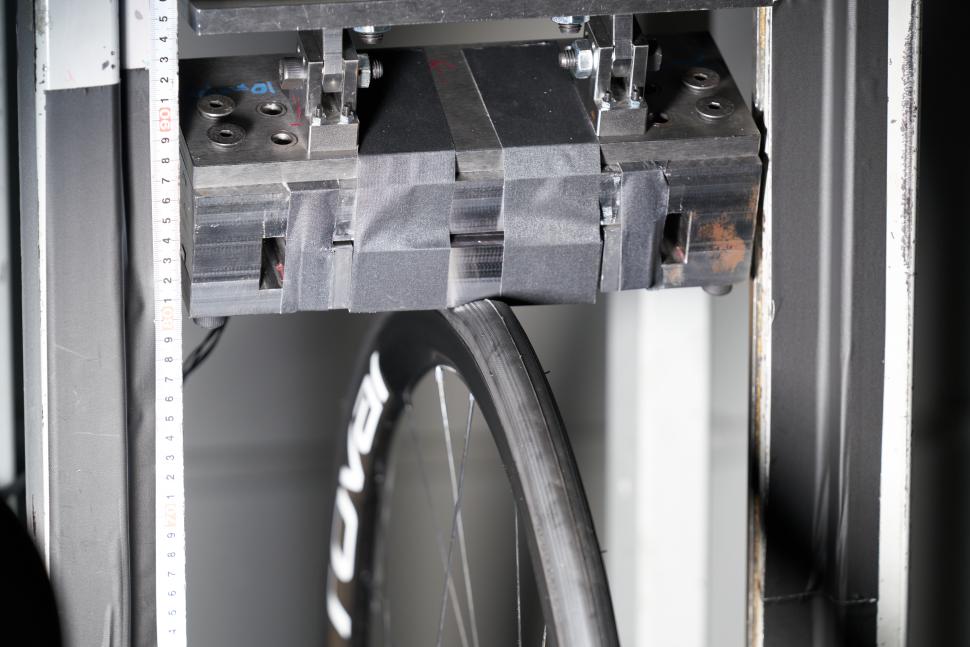 Roval Rapide II & Alpinist II-12
Roval Rapide II & Alpinist II-12Sagan's safety standards: Roval revives tubeless for Rapide II and Alpinist II
Roval, the components arm of Specialized, has announced the mark II versions of its Rapide and Alpinist carbon wheelsets. The good news is that tubeless is back after Roval dropped it, but the more interesting part comes when you get to the impact testing, which reveals why it disappeared in the first place.
With the return of tubeless to its top-end wheels, Roval claims it has “made the fastest wheels on the road even faster” while “bringing the lower rolling resistance, incredible handling, and flat protection of a tubeless system,” but there's a whole load more going on here than just a new set of wheels.
Sagan's Safety Standards
As the story goes, in December 2019 the BORA-Hansgrohe team of Peter Sagan WhatsApped Roval saying that “Peter broke a wheel.” Sagan was busy testing out the new Alpinist wheels that were originally designed to be tubeless-ready, alongside the Rapide.
Following the message came a picture of a cracked Alpinist CLX wheel with a dismounted tyre. According to Roval, Sagan had tried to hop a roundabout and cased the curb; and while he didn’t expect the wheel to survive the impact, he did expect the tubeless tyre to remain on the rim.
The blowout and dismounting of the tubeless tyre was an issue for Roval. They would struggle to redevelop the wheel before the launch in June of 2020, but they apparently didn't want to bin a design that was doing well in the wind tunnel. So they binned the tubeless bit, instead bringing their wheels to market as a tube-type clincher-only design.
Once the development wheel arrived, the Roval engineering team inspected the wheel, finding a small rim bed crack. It is here, at the rim bed, that we'll find the changes in the new wheels.
But sticking with the old hoops for a minute, Roval tells us that “these wheels had passed or exceeded all certifying bodies’ standards, including the UCI’s 40 Joule drop test without a tire, but we know tubeless wheels systems have a different failure mode. Cracks in the rim bed could propagate to the rim cavity, and the resulting air pressure creates a failure of the entire system. Repeating the same test with a tube results in lower damage levels. The tube throttles the event over a slightly longer time frame by distributing pressure over cracks and delaying pressure release.”
A test better than the UCI standard?
2” Square Edge Instrumented Bump: 180lb Rider, 20mph, 29 Joules of Energy
Roval tells us that as the “UCI 40 Joule wheel-only test was not enough energy to ensure the safe failure mode we believe riders needed” new tests were developed “to determine what kind of damage a rider would expect from an impact.”
This, Roval says, would allow it to build its testing of the entire tubeless wheel and tyre system to exceed that. With this in mind, Roval took its testing outside, rigging up a ‘bump’ which was filled with sensors to ride wheels into repeatedly.
The result, according to Roval, was “new lab drop testing standards that nearly doubled historical test standards of 40 Joules of energy and required testing of the entire system, not just the wheel.”
55 Joules, Blunt Striker
Back inside, Roval put the wheel back on its drop test machine and employed two different kinds of strikers, a sharp edge and a blunt radius. The testing covered impacts from 40 up to 70 Joules - the point at which Roval says you’d be unlikely to hang onto the bar. Their new standards determined that:
- 40 Joules/Sharp Edge Striker: While the potential for damage exists, you can finish your ride or race without issue
- 50 Joules/Sharp Edge Striker: The wheel may be damaged, but the tire will remain on the rim and the system intact, so you can roll to a stop safely.
- 55 Joules/Blunt Striker: No damage
- 60 Joules/Blunt Striker: While the potential for damage exists, you can finish your ride or race without issue
- 70 Joules/Blunt Striker: The wheel may be damaged, but the tire will remain on the rim and the system intact, so you can roll to a stop safely if you can hang onto the bars
The new wheels
With the new standards in place, Roval says the Rapide II and Alpinist II wheels had to do two things:
- Ensure the entire structure was tough enough to survive a 60 Joule blunt striker impact with no damage
- At 70 Joules with a blunt striker, any cracks in the tire bed or sidewall could not be allowed to propagate, and force would be transferred to the spoke bed
Roval says that it's fine if the rim is written off at these higher impacts, but the tyre bead must be retained and the wheel’s structure must remain intact to allow you to stop safely.
Roval claims that “more than 1000 wheels were made and tested during this process, encompassing 150 different layup iterations across Alpinist and Rapide.”
The process supposedly took 21 months, but Roval says that “the resulting rims are the strongest we have ever made,” passing the “rigorous testing standards we have created while delivering more performance as a tubeless system than the world-beating tube-type Rapide and Alpinist.”
Essentially, what Roval claims is that with the new wheels, a major impact won't break the wheel at the rim bed, it will break it at the spoke bed instead. This should keep pressure in the tyre and allow you to come to a safe stop.
Roval also says that it is using the data it collected during this testing to lobby the industry for more rigorous tubeless safety testing. So, well done to Peter for casing that roundabout.
They're apparently even faster now
With top-end road wheels, there is always a claim of being super slippery in the wind, but as Roval tells us, there has been no change in the actual rim shape, so the claim that these wheels are even faster than the previous generation comes from the tyre.
Roval suggests that the switch back to tubeless results in an average rolling resistance reduction of 8%. To put that into slightly more real-world terms, you’ll supposedly be saving 1.7w per tyre - or 3.5w per bike - when riding at 40kph.
> Roval was pretty sure that clinchers were the fastest in 2019
From what we can see at the rim, not a huge amount has changed externally, with the super-wide profile of the Rapide front wheel remaining. That means you’ll find a 51mm deep front rim that balloons out to 35mm wide externally. The rear remains at 60mm deep with an external width of 30mm. The internal width remains at 21mm front and rear.
The Alpinist also sticks with its old profile, being 33mm deep, with an internal width of 21mm. Roval has opted for a hooked rim for both wheelsets, pointing to the allowance for higher tyre pressures and greater tyre choice for the end-user as the reasons for the decision.
Interestingly, Roval says that “we’ve also shifted the outer diameter dimensions to create an extra 1.4mm of bead slack in your tire” which they claim will make installing tubeless tyres and then any roadside repairs a fair bit easier.
At the hubs, Roval has moved to ceramic SINC bearings along with a “lighter and simplified ratchet system.” The design apparently “spreads the bearings further apart for added stiffness while making the ratchet more reliable and simplifying freehub body conversion.”
Rapide II
Roval claims the Rapide II wheels come in at 1,520g with tape and valves included. You can run 26mm tubeless tyres at 110psi if you wish and there is a 125kg weight limit.
As you might have noticed, however, the Rapide II has gained 100g over the old model due to the revised layup at the rim bed.
Alpinist II
The Alpinist II, meanwhile, remains at 33mm deep with a 21mm internal width. It gets a slightly different hub shell, but the internals are all the same, as are the weight limit and the max tyre pressure. The claimed weight here is 1265g with tape and tyres.
The Alpinist II maintains its old weight thanks to slimmed-down hub shells.
Both wheelsets will set you back a cool £2,500 and are available now.
Latest Comments
- hawkinspeter 43 min 1 sec ago
The obvious answer to that question is whether you support genocide or not. It's similar to claiming that Nazis shouldn't be punched because that...
- chrisonabike 1 hour 43 min ago
The issue is we just end up with wider vehicles parked on the road because they won't fit the garage *, and it being more likely that drivers will...
- Pub bike 2 hours 10 min ago
He is up against the global trading system, which has obviously been in the news a lot lately. Framebuilders in other countries can undercut him,...
- David9694 3 hours 43 min ago
Stouport residents bemoan huge traffic queues through town...
- rookybiker 14 hours 37 min ago
The trailer seems to connect to both ends of the rear axle. Can it do tight corners without dragging the tyre sideways?
- froze 14 hours 40 min ago
Motorists have always been unkind to cyclists, but distracted driving is adding to the problem....
- Destroyer666 15 hours 34 min ago
Have you owned Bont shoes? In my experience even the widest Lake shoes have had a bizarre form of narrowing way too much in the toe area. But the...
- froze 16 hours 1 min ago
Not sure if this is possible, but this news letter goes out all over the world, and some places like Decathlon does not send stuff to America, in...
- Hirsute 16 hours 46 min ago
I'm confused as to why you'd need bib shorts indoors.
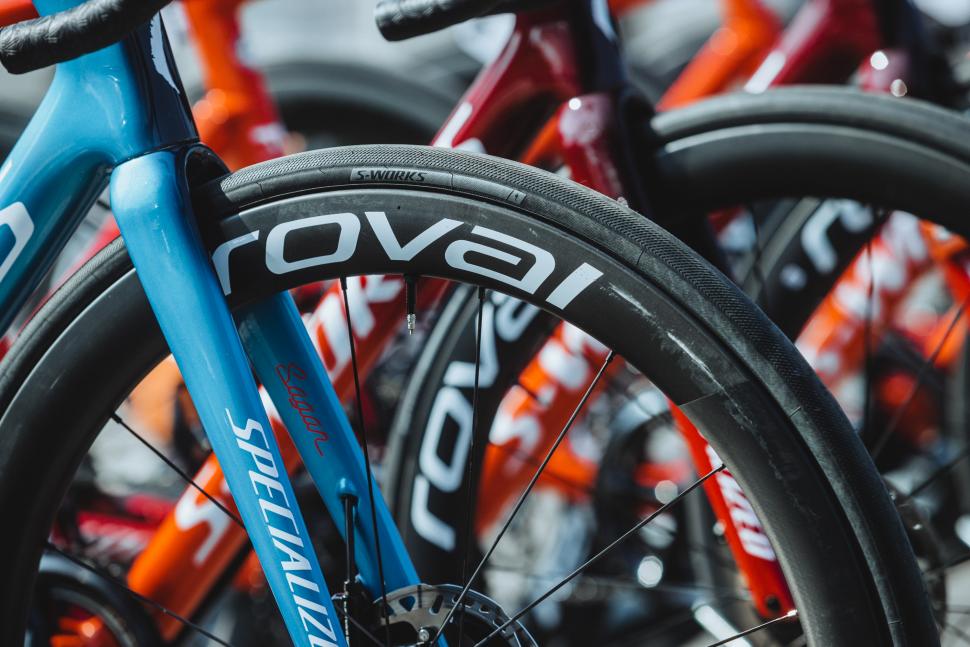
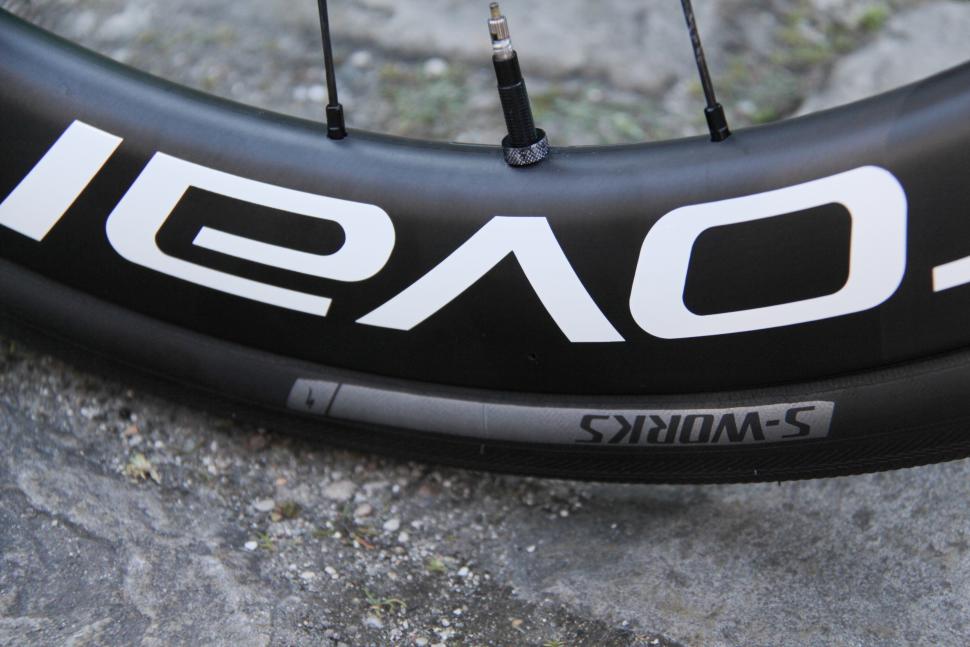

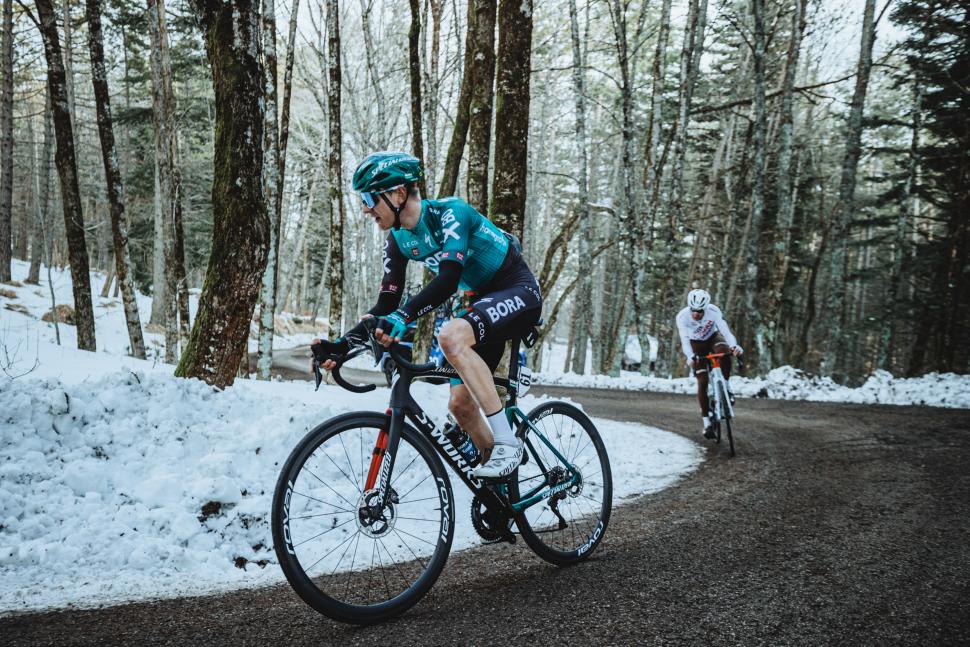
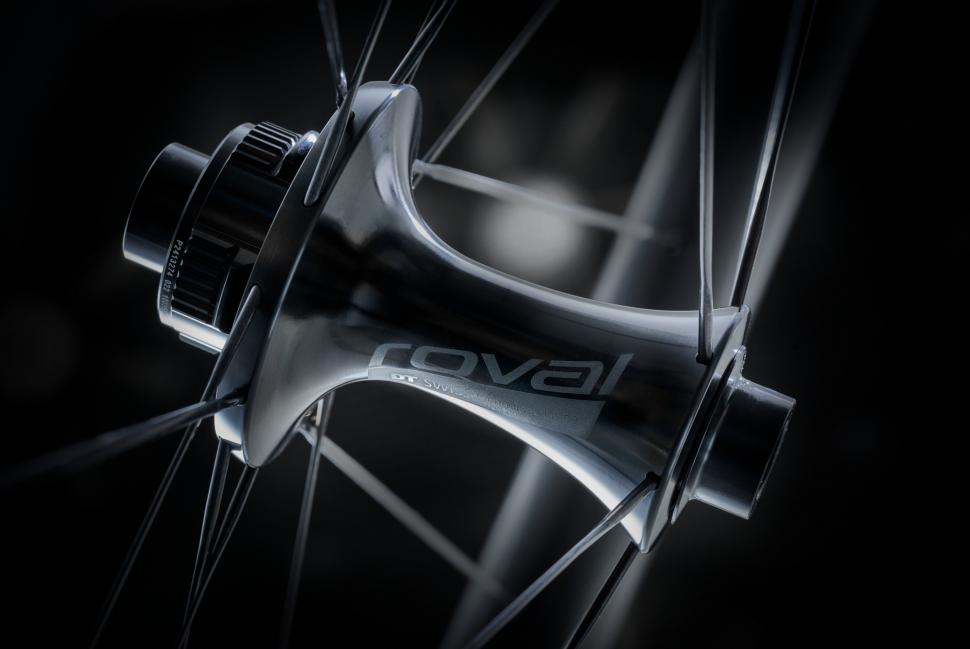
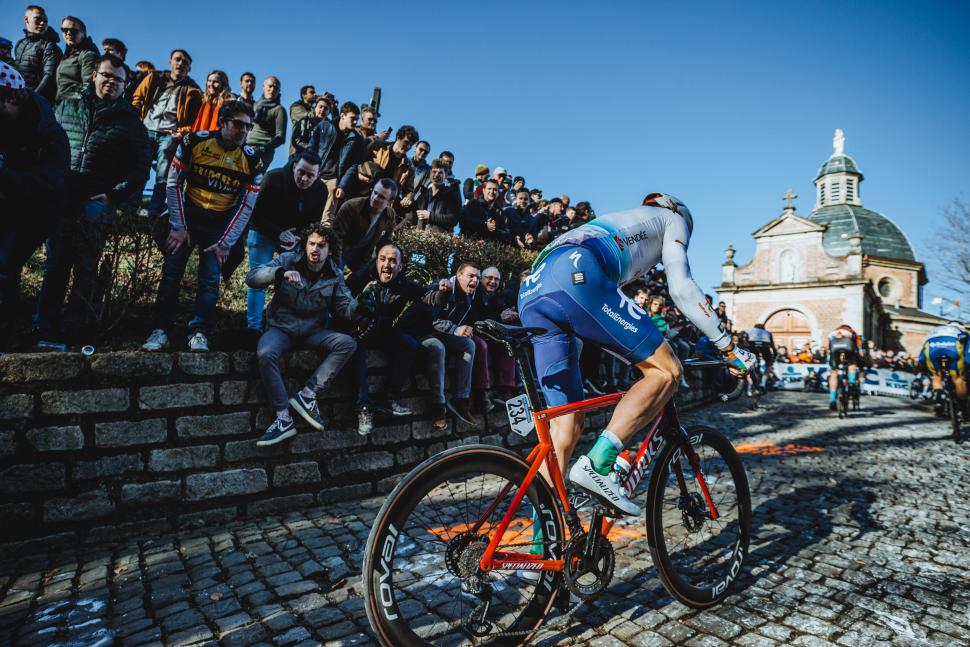

Add new comment
9 comments
So if you see a 50-joule impact coming, ramp it up and make it 55 because apparently, a harder hit is better? If it's 60, less the impact
Different cases - the 50 joule case given is for a sharp edge, whereas the 55 joule one is a blunt impact.
With modern software it surely wouldn't take long to find and replace the words 'curb' and 'tire'?
Lyfe's too short.
Surely with a 2” Square Edge Instrumented Bump and 180lb rider at 20 MPH, the energy should be 9.56 calories, 29.5 ft lb, or 0.038 BTUs, rather than 40 joules?
It's 9.056 nanotons of TNT
Interesting! Only tests I've seen (Conti GP5000 tubeless vs. clincher with latex tube) suggest that a non-tubeless tyre with a latex tube is lighter and faster. Wonder what setups Specialized are comparing.
What an absolute load of bullshit. Specialized are the kings of it. Back on the tubeless bandwagon and only charging you £2500 for something others are doing at half the price. Obviously just a ploy to make it look like getting a set of these on a £15k bike gives some "value".
I don't know, the fact their putting the test data out there as to what they stand up to etc is better than a lot of other brands. Yes they're massively expensive, but so are plenty of other wheels. And at least they've explained why the old ones weren't tubeless.